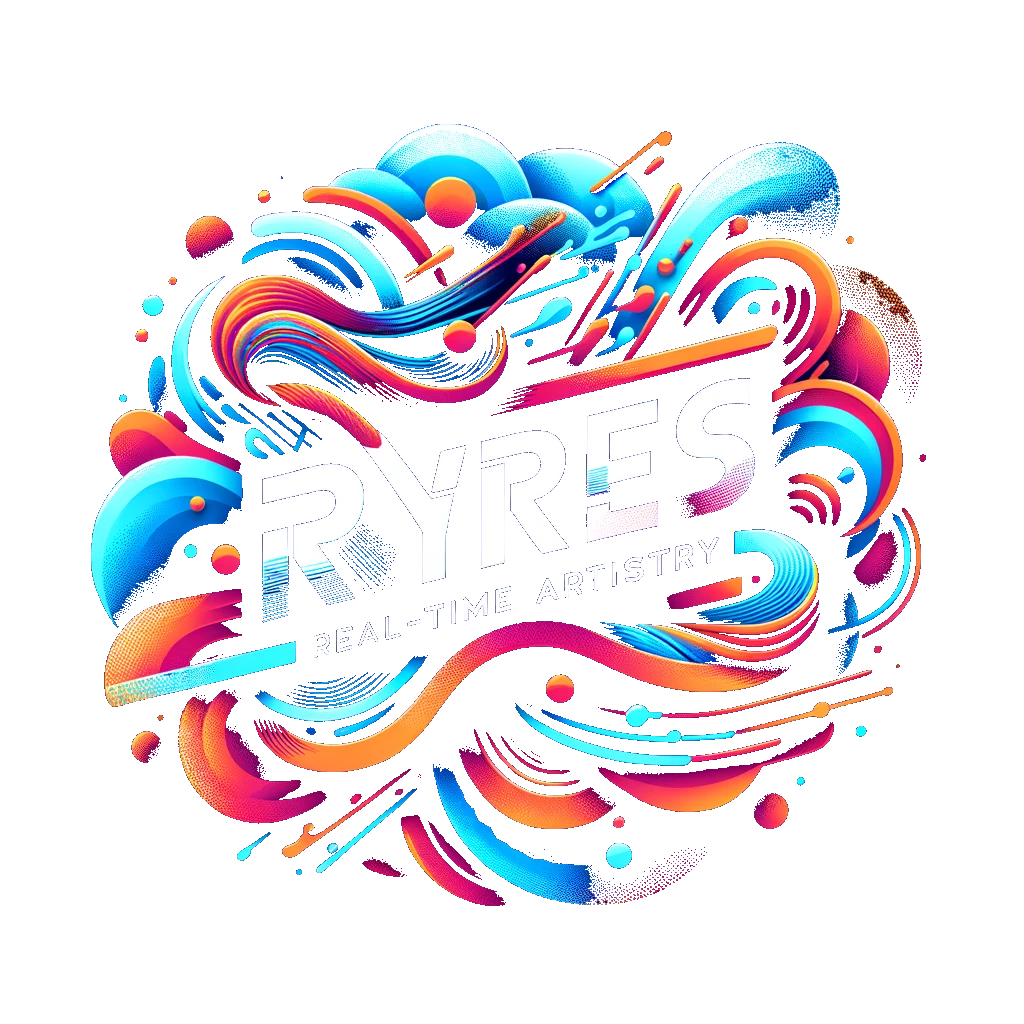In the ever-evolving landscape of education, the integration of technology has become a defining factor, especially in the dynamic field of media studies. The traditional chalk-and-board approach is giving way to interactive learning experiences powered by cutting-edge technologies. This article explores the transformative impact of technology on media classrooms, examining the role of interactive learning tools, their benefits, and the implications for the future of education.
The Evolution of Media Classrooms
Media classrooms have undergone a remarkable transformation, shifting from static environments to interactive hubs that mirror the fast-paced, technology-driven media industry. The incorporation of digital tools has not only enhanced the learning experience but has also become a catalyst for creativity and innovation.
Interactive Learning Tools

- Smartboards and Interactive Displays: Smartboards and interactive displays have replaced traditional whiteboards, allowing educators to deliver dynamic presentations. Students can actively engage with content, solve problems collaboratively, and participate in interactive lessons that cater to diverse learning styles.
- Virtual Reality (VR) and Augmented Reality (AR): Virtual reality and augmented reality have opened up new dimensions in media education. Students can immerse themselves in virtual environments, exploring the intricacies of film production, virtual newsrooms, or interactive storytelling. AR enhances physical spaces with digital overlays, providing real-time information and enhancing the learning environment.
- Multimedia Content Creation Platforms: Platforms that enable multimedia content creation empower students to become creators rather than just consumers. From video editing software to graphic design tools, students can hone their skills in producing professional-quality media content.
- Online Collaboration Platforms: Cloud-based collaboration platforms facilitate seamless teamwork among students. Whether working on a video project or collaborating on a digital presentation, these platforms enable real-time collaboration, fostering teamwork and preparing students for the collaborative nature of the media industry. We have revealed secret information about TikTok algorithms and promotion.
Benefits of Interactive Learning
- Increased Engagement: Interactive learning captivates students’ attention, making the learning process more engaging and enjoyable. The use of multimedia elements stimulates interest and provides a more immersive educational experience.
- Personalized Learning: Technology allows for personalized learning experiences tailored to individual student needs. Adaptive learning platforms adjust content based on students’ progress, ensuring that each student can learn at their own pace.
- Real-World Application: Interactive learning tools mirror real-world applications in the media industry. Students gain hands-on experience with the same tools and technologies used in professional settings, better preparing them for their future careers.
- Instant Feedback: Technology enables instant feedback, allowing educators to assess student performance in real-time. This immediate feedback loop facilitates a more responsive and adaptive teaching approach.
Challenges and Considerations
- Technological Accessibility: Ensuring equal access to technology for all students remains a challenge. Educational institutions must address issues of accessibility to bridge the digital divide and provide equitable learning opportunities.
- Digital Literacy Skills: Both students and educators need to acquire digital literacy skills to effectively leverage interactive learning tools. Professional development opportunities and training programs are essential to enhance digital literacy in the classroom.
- Infrastructure and Maintenance: Maintaining up-to-date technology infrastructure requires ongoing investment. Educational institutions must allocate resources for infrastructure upgrades, software licenses, and technical support to ensure the smooth functioning of interactive learning environments.
- Privacy and Security: The collection and storage of student data raise privacy and security concerns. Implementing robust data protection measures is crucial to safeguard sensitive information and comply with privacy regulations.
Standardization in Interactive Learning

Standardization plays a pivotal role in ensuring the quality and consistency of interactive learning tools. National and international standards, as outlined in Wikipedia’s article on Education Standards, provide a framework for the development, implementation, and evaluation of technology-enhanced learning experiences.
The Future of Interactive Learning in Media Classrooms
As we look to the future, the role of technology in media classrooms will undoubtedly continue to evolve. The ongoing development of innovative tools, coupled with a commitment to addressing challenges, positions interactive learning as a cornerstone of modern education. By embracing technological advancements and adhering to established standards, media classrooms can remain dynamic hubs that prepare students for success in the ever-changing landscape of the media industry.




